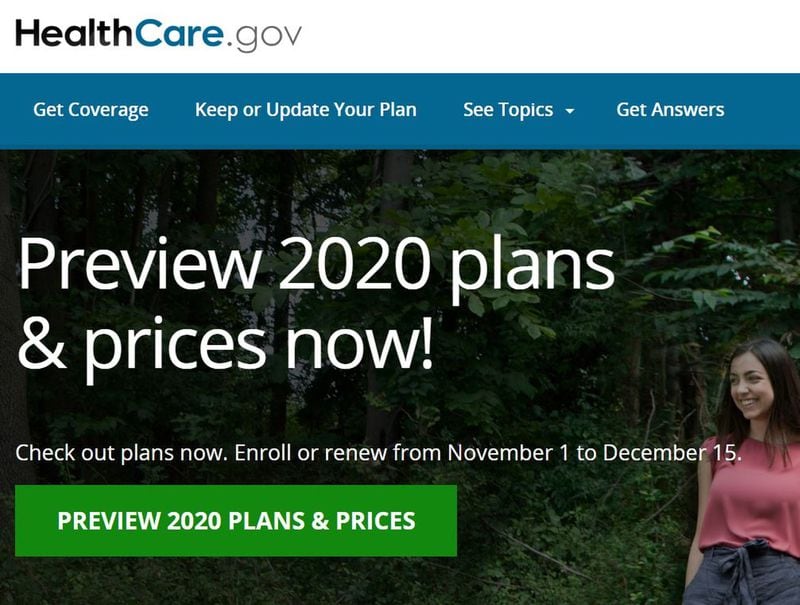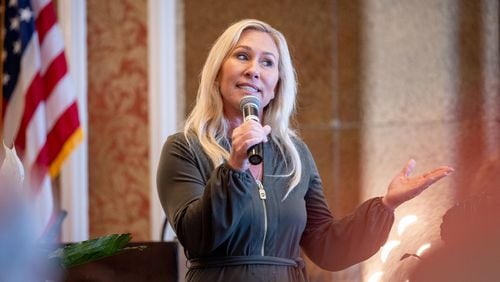Window shopping has begun for health insurance plans on the Affordable Care Act exchange market. This year's exchange has finally turned stable: Prices are flat and two insurers have actually joined the Georgia market, CareSource and Oscar Health. Political fights over Obamacare may come and go, but for the seventh year in a row, signups will begin Nov. 1. That's this Friday. Here are some facts.
What
• Open enrollment is the only time each year when people can sign up for Obamacare plans. The enrollment period lasts six weeks. You sign up in the fall and the plans start Jan. 1. This week people can “window shop,” seeing on healthcare.gov what type of plan is available under their circumstances and how much they’d actually pay, if given discounts for their income and the number of people in their household.
When
• Open enrollment on the ACA exchange runs from Nov. 1 through Dec. 15.
• If you wait for winter break you’ve waited too long. Some people who’ve gone through a life-changing event, like a divorce, can get a “special enrollment period” allowing them to enroll outside the open enrollment window. But those rules are very strict and most people don’t qualify.
How
• Start with the federal ACA sign-up website, healthcare.gov.
• Beware of some of the websites that come up on an internet search for "Obamacare" or "ACA," because they may dupe people into thinking they're the real Obamacare or ACA website. If going outside healthcare.gov, it's important to deal with an honest agent or navigator to get the best plan. Unscrupulous sites might promote alternative plans that get a higher commission for the website or insurance agent, but can be more expensive for the client or deliver less protection than they thought. It's healthcare.gov where the government is calculating what you really pay — including the all-important discount most applicants get after federal help.
• Healthcare.gov also has a phone number with helpers, 1-800-318-2596. For Spanish speakers, the website is cuidadodesalud.gov.
Who
• Georgia has a designated Navigator organization, which received a $500,000 federal grant to help people sign up. This year it's the Georgia Primary Care Association, which represents clinics across the state. That puts them in a good position to reach a broad swath of people. GPCA's director, Duane Kavka, said the association expects to have an updated website with help for Georgians posted later this week. Federal navigator funding no longer includes funds for much advertising.
• A large organization that used to be a federal navigator for Georgia, Insure Georgia, is still at it but as a charity organization now, a nonprofit insurance agency. They have a website with additional information, InsureGa.org, and helpers at their phone number, 1-866-988-8246, and experience helping people navigate applications and appeals.
• Private insurance agents who are reputable and have experience in health insurance can also be a resource for these plans.
Why
• There are two main reasons for people without employer insurance to consider buying plans on the exchange, both equally important. One is that plans bought on the exchange are required to provide insurance for essential health benefits, including emergency coverage, mental health coverage and pre-existing conditions. The other is that nine out of 10 customers on the exchange qualify for a discount, and many of them qualify for such a big discount that their monthly premium is less than $100.
• For those making more than 400% of poverty level, though, it’s tough. They don’t qualify for subsidies. Premium prices are still sky high and deductibles are several thousand dollars. This year 400% of federal poverty level for a family of four would be $103,000 annual income.
About the Author









